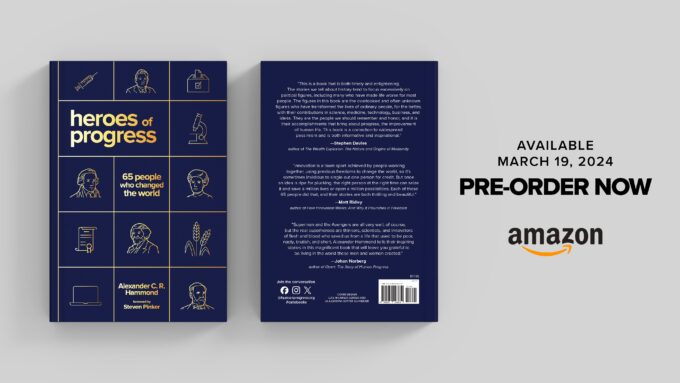Chemical disinfection has helped to reduce child mortality, improve life expectancy and dramatically change our collective standard of living. Inexpensive and ubiquitous, chemical disinfectants preserve and prepare our food, clear and clean our water, notably improve our hygiene, and help to eliminate infectious bacteria and viruses that would otherwise shorten and immiserate life. Modern disinfectants hold at bay the illnesses that historically killed half of all children.
Humans have been employing basic chemical disinfection since at least 3,000 BC, when alcohol, elemental copper and Sulfur, salt, sodium carbonate and mild organic acids were first deployed to fight infection.
One of the earliest accounts of chemical disinfection comes from Homer’s Odyssey, which was written in the 8th century BC, where the hero, having slayed his enemies, called for Sulfur to be burned in the place of slaughter to cleanse the building of infection. Sulfur fumigation for disinfection was also used widely throughout Europe through the Middle Ages, where animals, structures, people and belongings were subjected to intensive fumigation, especially during outbreaks of plague.
Unfortunately, early disinfectants such as compounds of Sulfur, mercury and copper were limited in their effectiveness and highly toxic, often resulting in significant health complications.
The first notable breakthrough toward the wide-scale and effective deployment of disinfectants didn’t come until 1675, when the Dutch scientist Antonie Van Leuwenhook observed through the glass of his microscope that strong vinegar killed microorganisms. This seemingly trivial discovery opened the door for research into more effective forms of disinfectant.
Using carbolic acid as a disinfectant, Joseph Lister, a British surgeon, conducted groundbreaking research into the effects of disinfectant use within the operating theater. The results dramatically reduced infection rates among patients. In 1887, Lister published his findings, which helped to disseminate the news of his discovery.
Modern disinfectants are made from a vast array of compounds, including alcohols, aldehydes, oxidizing agents, phenolics, inorganic compounds such as chlorine, some metals, various acids, and more.
From dish-washing tablets and laundry soaps to alcohol-based hand sanitizers and mounted hand soaps, disinfecting agents have become a staple of modern hygiene, helping to reduce illness and disease.
Many diseases with a high degree of virulence can be readily overcome and destroyed through the application of inexpensive and safe modern disinfectants. As the Swedish academic Hans Rosling remarked when considering the evolving role of disinfectants in industrializing civilization, “The Industrial Revolution saved billions of lives, not because it produced better leaders but because it produced things like chemical detergents that could run in automatic washing machines.”
No other use of disinfecting agents has saved more lives than the disinfection of water. As Andrew McAfee points out in his 2019 book, More from Less: The Surprising Story of How We Learned to Prosper Using Fewer Resources—and What Happens Next, “scholars estimate that the availability of clean water explains fully half of the total decline in the overall US mortality rate between 1900 and 1936, and 75 percent of the decline in infant mortality.”
Clean water, filtered and disinfected with chlorine, was one of the most pivotal innovations in global hygiene. The continuous application of water chlorination was first undertaken in 1908 in the United States at the Boonton Reservoir in New Jersey. The technology spread rapidly, first across the United States, and later across developed nations the world over.
The application of chlorination in the purification of water has saved and enriched countless lives, helping to drive forward human progress around the globe. Safe and effective disinfectants will continue to play an integral role in supporting improving healthcare and standards of living, while driving back the specter of illness and disease.



